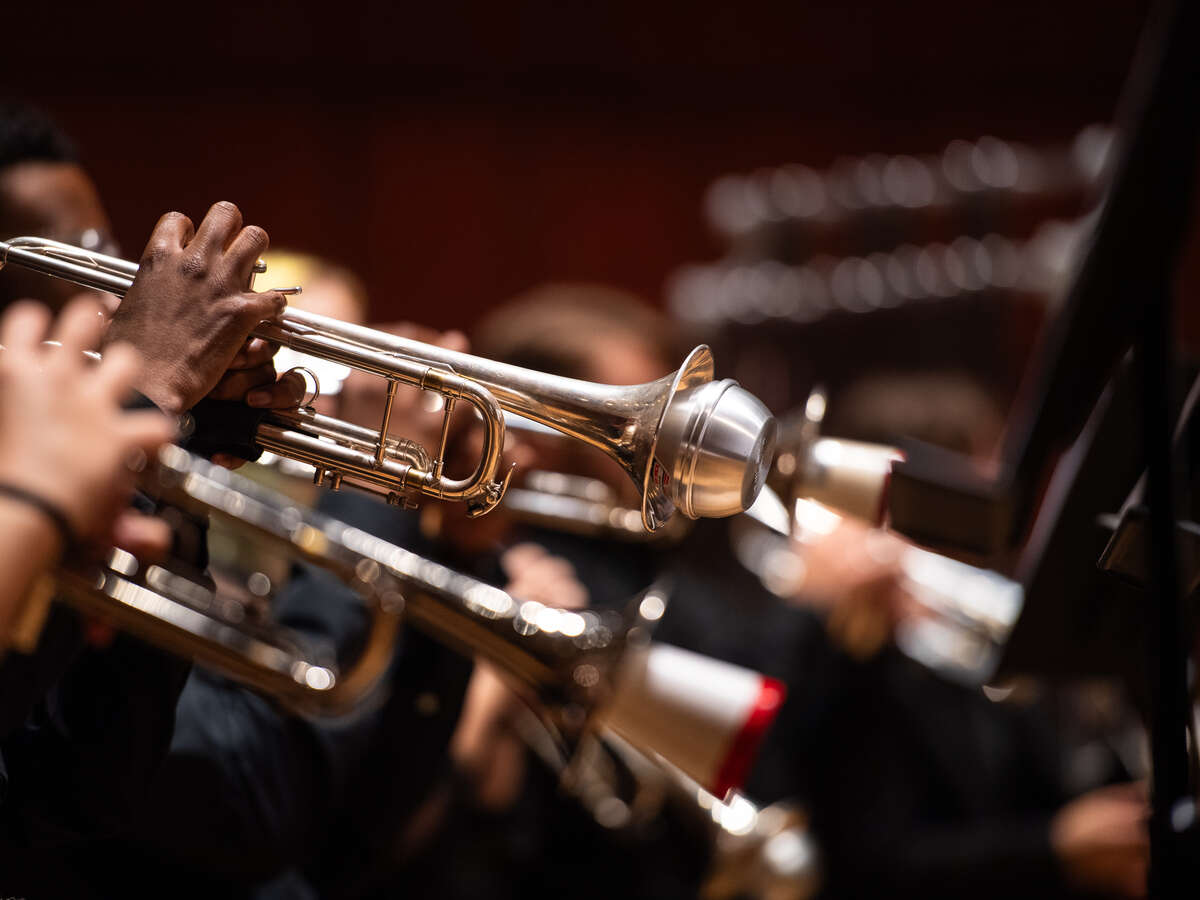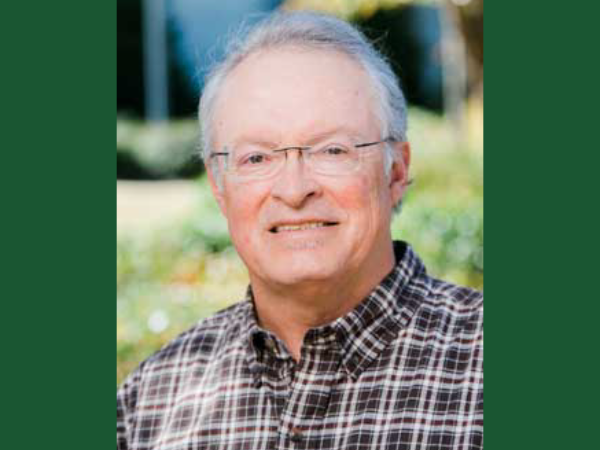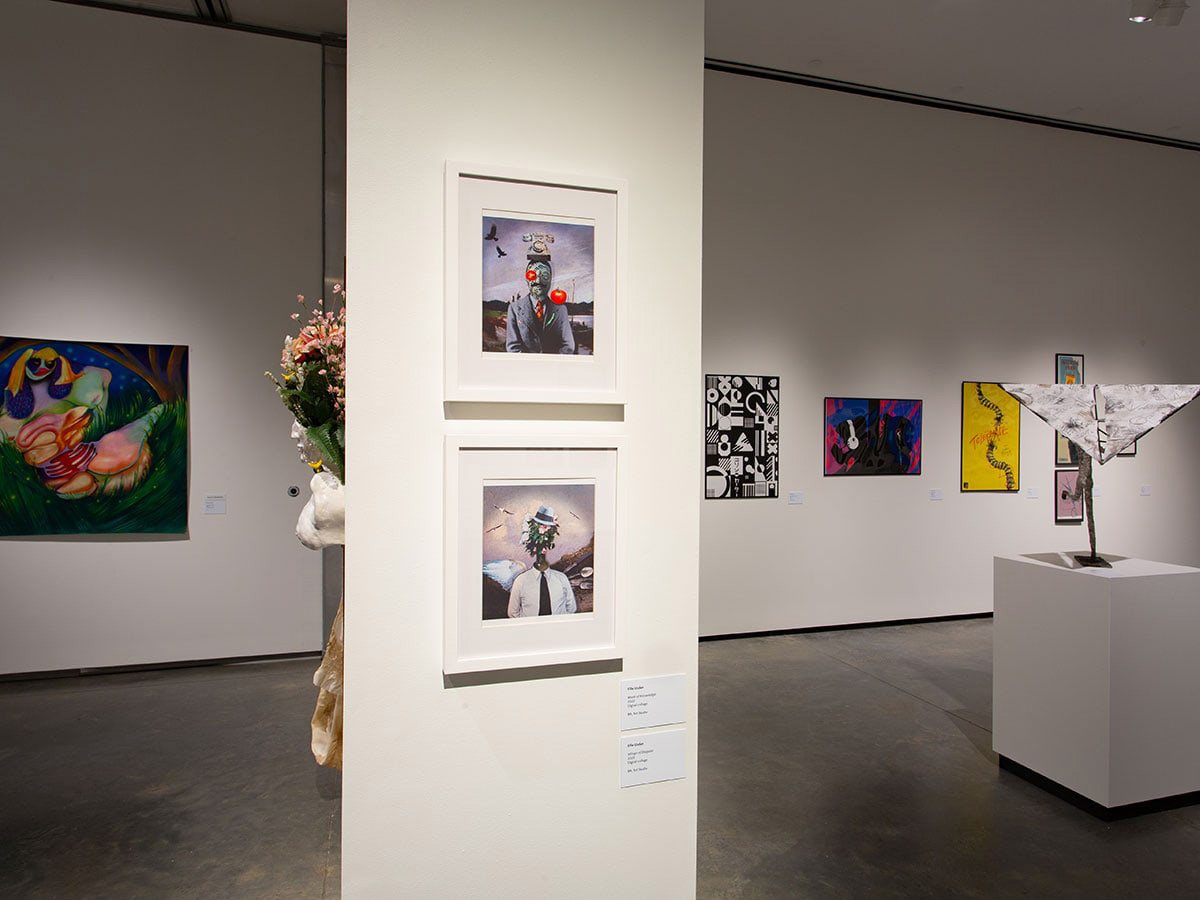 The bottle of citronella tiki torch fuel sure looked tasty. The toddler was on a family campout to celebrate his second birthday. He got his hands on the container and took a sip.
The bottle of citronella tiki torch fuel sure looked tasty. The toddler was on a family campout to celebrate his second birthday. He got his hands on the container and took a sip.“A few hours later, he was dead,” said David Schwebel, Ph.D., associate dean for Research in the Sciences in the UAB College of Arts and Sciences and professor in the Department of Psychology. “The product is highly toxic; it aspirates the lungs and makes it hard to breathe.”
Schwebel, who directs UAB’s Youth Safety Lab, was a consultant on a lawsuit brought by the boy’s family. That led him to begin research “on how pre-literate children decide what to consume,” he said. “These are young children. They can’t read, so they are looking at the shape of the bottle, the colors, the pictures and whatever cues are available to them.”
Most toddlers can’t give a clear description of the reasoning behind their actions. So Schwebel’s team recruited more than 200 children for a series of studies in the Youth Safety Lab. The researchers watched as kids from 18 months to 4.5 years interacted with several different types of objects, including teddy bears and other toys, harmless drinks such as apple juice, and potential poisons in a range of containers and packaging. (The actual substances used were all harmless.)
The researchers identified a number of visual cues that attract children — and cues that warn them of danger. In a paper recently published in the Journal of Pediatric Psychology, Schwebel’s team translated these findings into distinct steps manufacturers could adopt to reduce the risk of accidental poisonings. The paper also lists ways parents can protect their children.


